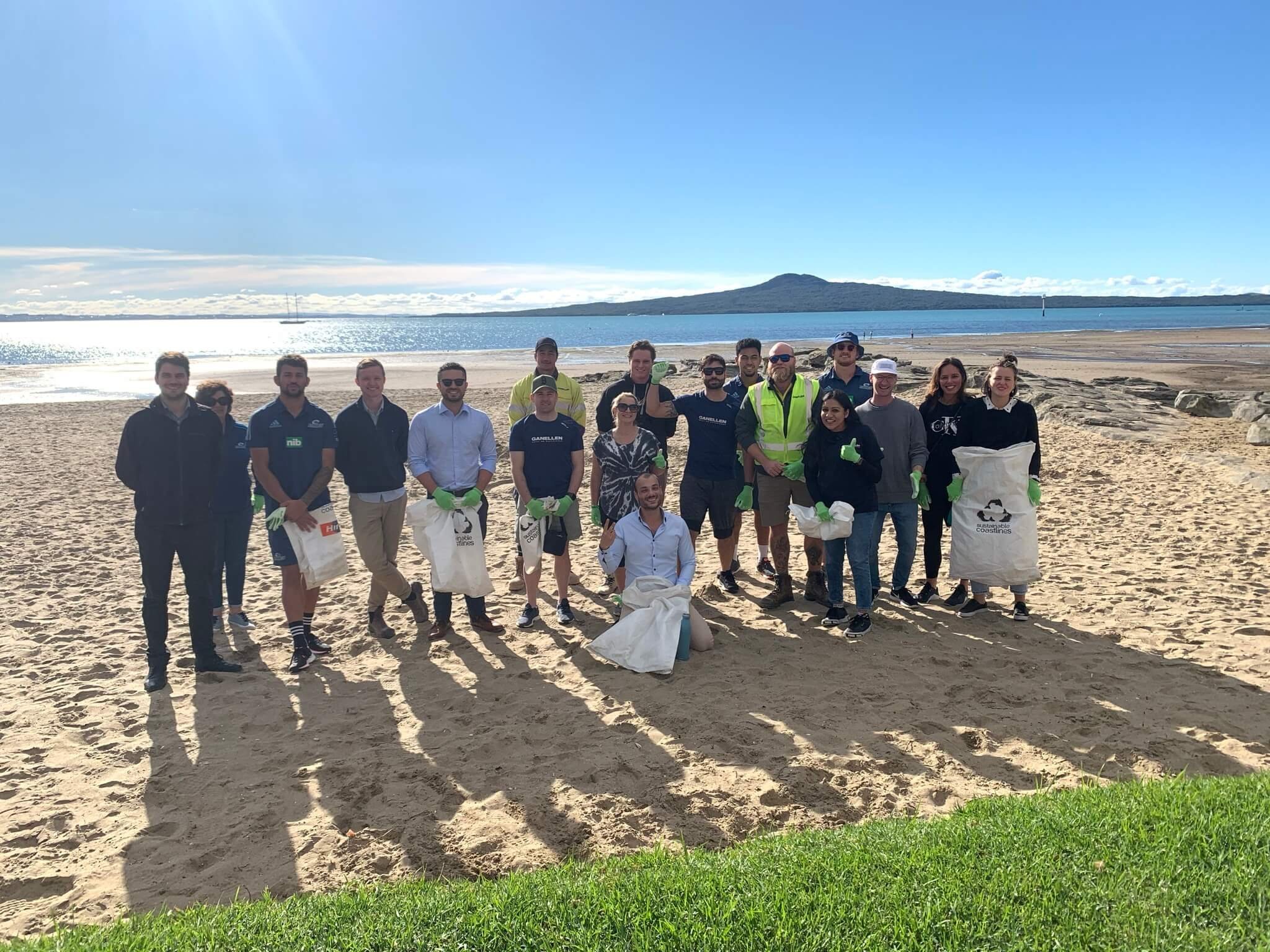How not-for-profit organisations can use technology to grow or improve their impact
Not-for-profits (NFPs) have a distinct challenge compared to for-profit organisations: finding the balance between costs of their core operation, versus directing resources towards their intended impact.
Due to insufficient funding, competing priorities and a lack of internal capability, nonprofits, particularly smaller ones, often face challenges in adopting new, transformative tech that is otherwise widely used in other sectors.
But insights from the 2022 Nonprofit Trends Report from Salesforce reveal that organisations adopting technology have the strongest relationships and highest rates of goal achievement irrespective of their size, revenue, or geographical location.
Digitally mature nonprofits are:
4 x more likely to have exceeded mission goals
2 x more likely to have exceeded fundraising goals
2 x more likely to have exceeded program goals (Salesforce)
Despite operating with tight budgets and limited resources, we’ve seen first-hand how the right technology choices can enable charities and NFPs to deliver their mission most efficiently.
Here’s what we recommend:
Collaborate through cloud efficiency
Managing costs may mean ditching a physical office, but even in 2023 we’re still seeing organisations who haven’t quite adapted to remote ways of working. Cloud computing solutions, such as Microsoft 365, provide a secure and collaborative environment for document sharing, communication, and project management. By leveraging these tools, NFPs can enhance productivity, reduce communication barriers, and optimise workflows, ultimately contributing to more efficient service delivery.
The integration of cloud-based software also introduces additional communication channels, contributing to a more streamlined workflow. In-app communication tools facilitate faster interaction among team members and volunteers, enabling efficient communication and project updates.
Enable virtual engagement
For NFPs, fostering and maintaining a strong connection with their existing community is essential. There are platforms that support your people in rallying community around your cause, without having to have them ‘on the ground’ everywhere. A good CRM (customer relationship management) platform, either with an inbuilt or integrated email marketing tool, centralises data and enables regular, personalised communication.
Platforms like social media scheduling tools (e.g. Buffer or Hootsuite) allow NFPs to plan and share relevant content consistently, keeping their community informed about ongoing initiatives, events, and success stories. Webinars, live streaming or virtual events, and interactive surveys can continue to strengthen connection and amplify engagement.
Protect sensitive information
Given the trust placed in them by donors, beneficiaries, and partners, NFPs need good security in place to protect personal data. An outsourced IT consultant can help implement and maintain robust cybersecurity measures, such as multi-factor authentication, encryption, and regular security audits, which safeguard against data breaches and maintain an organisation's credibility.
Link data to impact
Implementing a data analytics tool (like Power BI) enables organisations to gather, analyse, and visualise data related to their programs, fundraising efforts, and outreach. Data helps NFPs refine their strategies, allocate resources more effectively, and demonstrate measurable outcomes to stakeholders, thereby enhancing transparency and accountability.
Get good advice
Clients (like Sustainable Coastlines) have told us that in the early days of their mission, they’ve made do with what they had, but as their organisation grew, they realised that solutions that once worked were no longer secure, accessible or fit-for-purpose. It doesn’t always require a complete overhaul. An IT partner can help audit existing technology, recommend what can be repurposed (rather than being replaced), connect you with refurbished hardware and help you choose integrated solutions that are scalable to flex with your goals, resources and budget.
By having the right tools, training, and IT support from a partner, NFPs can enhance their impact through a more streamlined and productive environment. At Brightly, we offer full-service support with reduced-rate impact partner pricing. Sustainable Business Network impact investors, social enterprises, not-for-profit and B Corporation members may qualify for discounted services. If you’re a NFP looking for IT support, reach out to us to find out more.

